Ever since he had Lasik surgery two years ago, Geobanni Ramirez sees everything in triplicate. The surgery he hoped would improve his vision left the 33-year-old graphic artist struggling with extreme light sensitivity, double vision and visual distortions that create halos around bright objects and turn headlights into blinding starbursts.
His eyes are so dry and sore that he puts drops in every half-hour; sometimes they burn “like when you’re chopping onions”.
His night vision is so poor that going out after dark is treacherous.
But Ramirez says that as far as his surgeon is concerned, he is a success story.
“My vision is considered 20/20, because I see the ‘A’s, ‘B’s and ‘C’s all the way down the chart,” Ramirez said. “But I see three ‘A’s, three ‘B’s, three ‘C’s.”
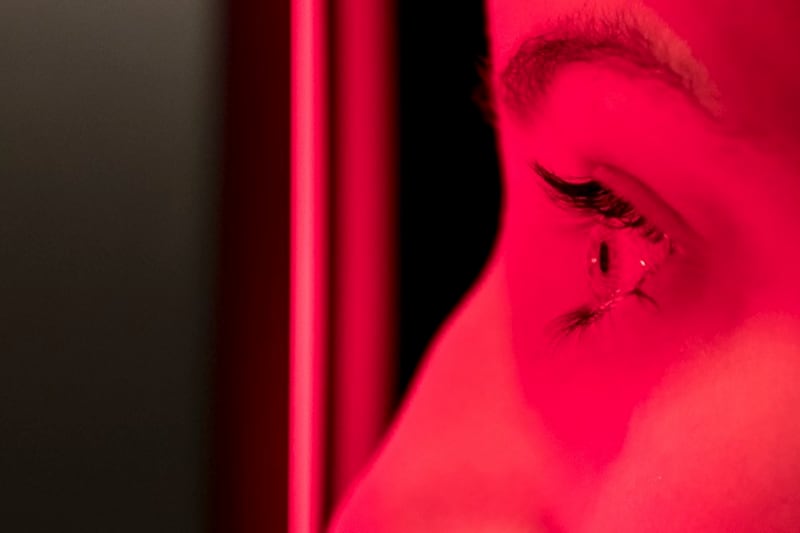
None of the surgeons he consulted ever warned him he could sustain permanent damage after Lasik, he added.
Since the 1990s, millions of people around the globe have had laser eye surgery, lured by the promise of a quick fix ridding them of nettlesome glasses and contact lenses. There is also a wide perception among patients, fostered by many eye doctors who do the surgery, that the procedure is virtually foolproof.
As far back as 2008, however, patients who had received Lasik and their families testified at an US Food and Drug Administration (FDA) meeting about impaired vision and chronic pain that led to job loss and disability, social isolation, depression – and even suicides.
Even now, serious questions remain about both the short- and long-term risks and the complications of this increasingly common procedure.
A recent clinical trial by the FDA suggests that the complications experienced by Ramirez are not uncommon.
Nearly half of all people who had healthy eyes before Lasik developed visual aberrations for the first time after the procedure, the trial found. Nearly one-third developed dry eyes, a complication that can cause serious discomfort, for the first time.
The authors wrote that “patients undergoing Lasik surgery should be adequately counselled about the possibility of developing new visual symptoms after surgery before undergoing this elective procedure.”
Many ophthalmologists insist Lasik is the safest procedure done on the eye — some say the safest medical procedure, period — and serious complications are “exceedingly rare”. Patients’ vision may regress after surgery, and they may need to use eyeglasses at times, some concede. But most Lasik surgeons maintain that soreness, dry eyes, double vision and other visual aberrations like those suffered by Ramirez subside within months for most patients.

That was the case for 39-year-old Justin Puglisi. He experienced dry eyes for a few weeks after undergoing laser vision correction in September, but no longer needs to use wetting eye drops. "Overall, it is the best thing I've ever done for myself," said Puglisi.
"Do bad outcomes sometimes occur? Yes. But the risk is extremely low," said Dr Eric Donnenfeld, who was Puglisi's surgeon and a past president of the American Society of Cataract and Refractive Surgery. Donnenfeld wrote a frequently cited 2016 review paper that reported the vast majority of Lasik patients were satisfied. He counsels patients that symptoms like halos and excessive glare may get worse in the short term but improve over time, except in the "rare patient".
Yet, few studies have followed patients for more than a few months or a year, and many are authored by surgeons. One such study, written by the global medical director for a large laser eye-surgery provider, reported high satisfaction rates among patients five years after Lasik. But the study also found that even after all those years, nearly half had dry eyes at least some of the time. Twenty per cent had painful or sore eyes, 40 per cent were sensitive to light, and one-third had difficulty driving at night or doing work that required seeing well up close.
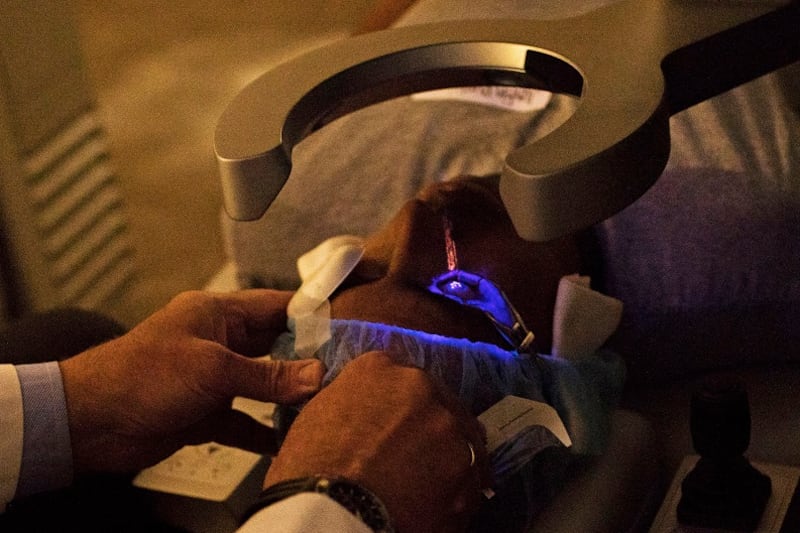
Researchers at Ohio State University analysed clinical data submitted to the FDA by Lasik system manufacturers. The researchers reported in 2007 that while most of the roughly 4,500 patients had achieved 20/20 or 20/40 vision six months after the procedure, 20 percent had dry eyes that were severe or worse than before surgery. A similar percentage experienced "severe or worse" glare, halos and problems driving at night.
Lasik surgeons say the procedure has improved over time, and one surgeon’s 2017 analysis of more recent data submitted to the FDA by manufacturers concluded that for many patients, visual problems eventually resolved. Still, a year after surgery, the percentage of the roughly 350 patients who had mild difficulties driving at night had increased slightly to 20 percent, while the percentage with mild glare and halos had more than doubled to about 20 percent in each category. The percentage with mild dryness more than doubled to 40 percent.
Now a vocal cadre of patient advocates in America is demanding the agency issue strong public warnings about Lasik. The group is led by Morris Waxler, a retired senior FDA official who regrets the role he played in Lasik's approval more than 20 years ago, and Paula Cofer, a patient-turned-advocate who says Lasik destroyed her eyesight and left her with chronic pain.

Cofer now runs lasikcomplications.com, a website that features blog posts like "Top 10 Reasons Not to Have Lasik Surgery" and is dedicated to two men who killed themselves after suffering Lasik complications, including Max Burleson Cronin, a 27-year-old veteran.
“We want the FDA to warn the public that Lasik injures eyes and causes pain, vision problems and other persistent problems that cannot be solved – and that you don’t get these problems from glasses or contact lenses,” said Waxler, a former chief of the diagnostic and surgical devices branch in the FDA’s division of ophthalmic devices. Waxler has unsuccessfully petitioned the agency to withdraw the approvals, arguing in his brief that laser manufacturers underreported or misclassified adverse events that occurred during clinical trials.
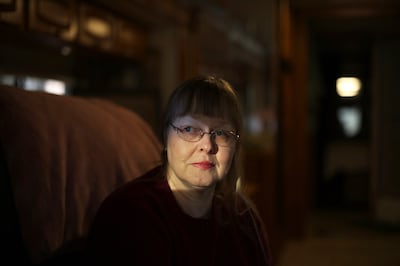
Other recent studies suggest Lasik patients may also be at increased risk for long-term eye complications, including possibly requiring earlier cataract surgery and developing a serious vision-threatening condition called corneal ectasia. Lasik can also interfere with the detection of glaucoma, or the buildup of pressure within the eye that, if left untreated, can lead to blindness.
Scott Petty, (36), a 3D artist who developed video games for a living, learned he had corneal ectasia six months after having Lasik surgery. His sight has continued to deteriorate, even after he underwent a new procedure called corneal cross-linking to strengthen his cornea. He is in so much pain that he is "almost suicidal," he said. "It's like hot grease is in my eyes, 24/7. I pretty much have to admit my career is over."
Both Petty and Ramirez said shame and self-blame keep many Lasik patients from publicly talking about their injuries. “I go to sleep at night beating myself up about it, thinking, ‘Why did I not at least Google the possible side effects and complications of Lasik?’” Ramirez said. “I do that when I buy a car.”
Lasik – short for laser-assisted in situ keratomileusis – eliminates the need for glasses by reshaping the cornea, the clear round dome that covers the front of the eye. The cornea’s function is to focus light on the retina at the back of the eye. Lasik surgeons use an ultraviolet laser to reduce the curvature of the cornea for people who are nearsighted, and to accent it for people who are farsighted.
The surgeon first uses a suction ring to flatten the eye in order to cut a flap in the cornea, folding back the flap back to reveal the middle section, called the stroma. Then the surgeon uses pulses from a computer-controlled laser to destroy a portion of the stroma, and replaces the flap. The entire procedure is usually over in less than 15 minutes.
Dr Cynthia MacKay, one of the few ophthalmologists who has spoken out against the procedure, said the surgery can injure the eye because it severs tiny corneal nerves, thins the cornea and makes it weaker, and permanently alters the shape of the eye. She said after Lasik, all people lose contrast sensitivity, the ability to distinguish between shades of gray, to some degree. It is an elective procedure, she emphasized, that does not provide any benefits that cannot be obtained with glasses or contact lenses. “There is nothing wrong with eyes that undergo Lasik except for the fact that they need glasses for distance,” MacKay said. “They see well before the procedure and ought to see equally well after the procedure. But they don’t.”
Dr John Vukich, chairman of the American Society for Cataract and Refractive Surgery's refractive clinical surgery committee, acknowledged that visual distortions are potential side effects of Lasik, but said technological advances have reduced the risk. "No eye is optically perfect, and all eyes (with or without Lasik) have at least some degree of higher-order aberrations. These irregularities can cause visual distortions," he wrote in an email.
The study's lead author, Dr Malvina Eydelman, director of the division of ophthalmic and ear, nose and throat devices at the FDA's Center for Devices and Radiological Health, said the researchers had concluded that the multimillion dollar trial was too small to produce meaningful results, and that the purpose of the study had shifted from determining how many patients have problems functioning to developing a questionnaire that might be used in future research.
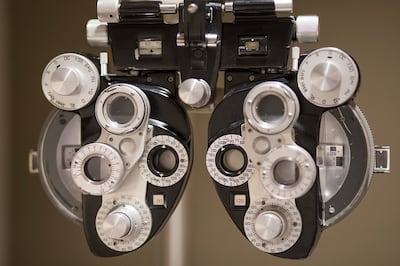
“The FDA does not have the money right now to perform the study that was originally planned, which was to estimate the percentage of patients who have difficulty performing their usual activities as a result of symptoms following Lasik surgery, and identify the predictive risk factors for those patients,” Eydelman said. Even when people experienced difficulties, Eydelman said, they were not “significant.” An FDA spokeswoman added that many patients “get used to symptoms over time”.
The FDA clinical trial did little to resolve the contentious debate about dry-eye disease. Many patients say the term is a misnomer that does not begin to describe the severe eye pain they have continued to experience years after surgery.
"When you hear, 'You may have dry eyes,' it doesn't sound like a big deal," said 26-year-old Sarah Clair, who had Lasik in 2016. But her dry-eye syndrome did not resolve as promised, and a year after surgery morphed into intense pain that felt "like someone had punched me in the face," Clair said.
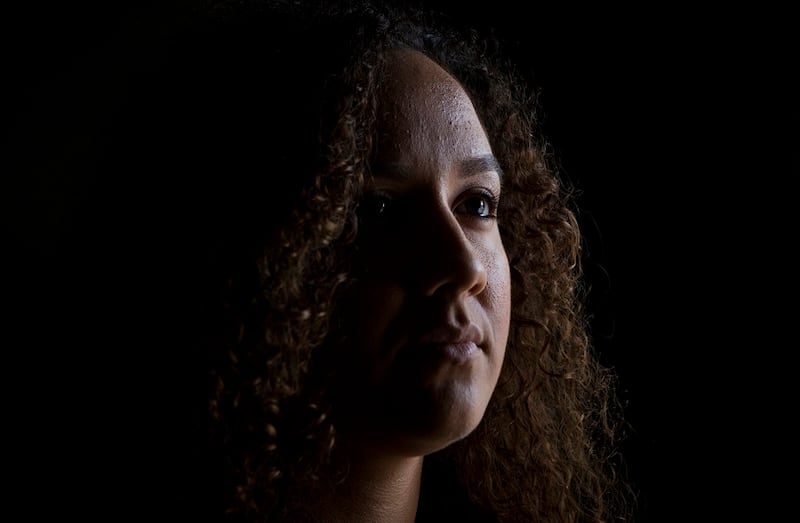
While some patients have mild symptoms that can be managed with artificial tears or prescription eyedrops, others have crisscrossed the country seeking relief for pain they say feels like needles or knives in their eyes, and use medication to ease the pain.
Katie Enders, (35), a kindergarten teacher, said her 2006 Lasik surgery left her feeling she had "paper cuts in her eyes." She saw more than a dozen doctors and tried several pain medications, finally getting relief from a pain pump implanted in her abdomen that carries a constant infusion of anaesthetic up her spine.
Many Lasik surgeons are dismissive of claims of persistent severe pain or call it extraordinarily rare. But ophthalmologists who study pain say their thinking has evolved in recent years, and they now recognize Lasik as one of many surgical procedures that can lead to neuropathic pain, or pain caused by nerve damage. Other eye surgeries, like cataract surgery, can have the same effect.
The FDA’s Eydelman said that with Lasik, “like other medical procedures, there are risks,” but that the FDA considers it “safe and effective when used as intended in accordance with approved use.”
Critics contend that Lasik should be held to a higher safety standard than other medical procedures, since it is optional. “Even if it’s 2 percent who are at risk for sight-threatening problems, that’s thousands of people being put at risk every year,” Waxler said. “What is an acceptable level of risk when you’re operating on healthy eyes?”
– New York Times









